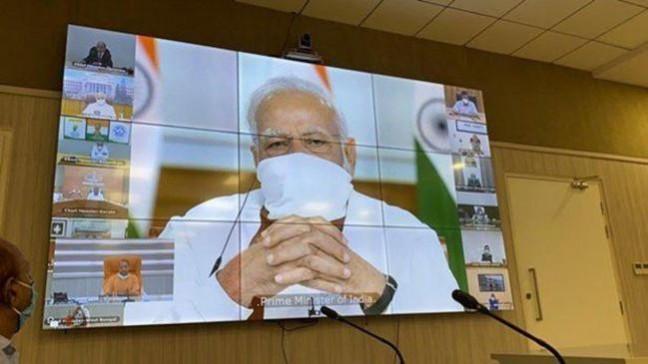Government e-Marketplace (GeM), a Special Purpose Vehicle under the Ministry of Commerce and Industry, has made it mandatory for sellers to enter the Country of Origin while registering all new products on GeM.
Further, sellers, who had already uploaded their products before the introduction of this new feature on GeM, are being reminded regularly to update the Country of Origin, with a warning that their products shall be removed from GeM if they fail to update the same. GeM has taken this significant step to promote 'Make in India' and 'Aatmanirbhar Bharat'.

GeM has also enabled a provision for an indication of the percentage of local content in products. With this new feature, now, the Country of Origin as well as the local content percentage are visible in the marketplace for all items. More importantly, the 'Make in India' filter has now been enabled on the portal.
Buyers can choose to buy only those products that meet the minimum 50% local content criteria. In case of Bids, Buyers can now reserve any bid for Class I Local suppliers (Local Content > 50%).
For those Bids below INR 200 crore, only Class I and Class II Local Suppliers (Local content > 50% and > 20% respectively) are eligible to bid, with Class I supplier getting purchase preference. Some Snapshots of the Local Content Features on the GeM Portal are shown in Annexure.
GeM working towards promotion of 'Make in India' initiative
Since its inception, GeM is continuously working towards promotion of 'Make in India' initiative. The Marketplace has facilitated entry of small local sellers in Public Procurement while implementing 'Make in India' and MSE Purchase Preference Policies of the Government in the true sense.
GeM is enabling quick, efficient, transparent and cost-effective procurement, especially in this hour of need when government organizations require products and services urgently to fight against the Covid-19 pandemic.
The purchases through GeM by Government users have been authorised and made mandatory by the Ministry of Finance by adding a new Rule No. 149 in the General Financial Rules, 2017.













